Code
HCS31431
Weight
962 gm / 2.12 lbs
Size
Height
17cm (7") Width
11cm (4") Depth
8cm (3") Material
Copper
Availability
Available

Safe Payment
We accept Paypal, Money Transfer, Bank Transfer
Confidence
Protection covers your purchase and personal data.
Worldwide Delivery
We ship Worldwide, except Russia.Shipping cost US$25.2 for upto 0.5 kgs

Hotline
Talk to help line for your question on 9841267335About Elector Gold Plating
The [vasudhara], Buddhist Handmade Statue, [gold Plated] has been crafted using the ceramic mold casting process, a modern approach that provides an alternative to traditional methods such as the lost-wax system or rubber molding. Also referred to as ceramic molding, this technique involves the creation of a ceramic mold to cast the statue. The process begins by making a precise and detailed wax model of the desired sculpture. The wax model is then coated with layers of ceramic material, creating a sturdy mold. Once the mold is complete, it is fired in a kiln, causing the wax to melt and escape, leaving behind a cavity that perfectly replicates the original sculpture. Molten metal is then poured into the mold, allowing it to fill the cavity and take on the desired form. Once cooled and solidified, the ceramic mold is carefully broken away, revealing the final metal statue. Read More . . .
The [vasudhara], Buddhist Handmade Statue, [gold Plated] has been crafted using the ceramic mold casting process, a modern approach that provides an alternative to traditional methods such as the lost-wax system or rubber molding. Also referred to as ceramic molding, this technique involves the creation of a ceramic mold to cast the statue. The process begins by making a precise and detailed wax model of the desired sculpture. The wax model is then coated with layers of ceramic material, creating a sturdy mold. Once the mold is complete, it is fired in a kiln, causing the wax to melt and escape, leaving behind a cavity that perfectly replicates the original sculpture. Molten metal is then poured into the mold, allowing it to fill the cavity and take on the desired form. Once cooled and solidified, the ceramic mold is carefully broken away, revealing the final metal statue. Read More . . .
Lost-Wax System
This Vasundhara of [vasudhara], Buddhist Handmade Statue, [gold Plated] is made by the process of the Lost Wax system. This is a very complicated, time consuming and historic process of making metal sculptures.Which is why it is sometimes called Precision Casting as well. Hence the sculptures made by this process are comparatively expensive. There are many new, advanced and less time consuming methods of casting metal sculptures available as well. But due to the benefits provided by the traditional lost wax system in quality control and customization, we prefer the Loss wax system over Ceramic molding, or sand casting to make our Vasundhara.
Below we have tried to illustrate the process of making a loss wax system statue: Read More . . .
This Vasundhara of [vasudhara], Buddhist Handmade Statue, [gold Plated] is made by the process of the Lost Wax system. This is a very complicated, time consuming and historic process of making metal sculptures.Which is why it is sometimes called Precision Casting as well. Hence the sculptures made by this process are comparatively expensive. There are many new, advanced and less time consuming methods of casting metal sculptures available as well. But due to the benefits provided by the traditional lost wax system in quality control and customization, we prefer the Loss wax system over Ceramic molding, or sand casting to make our Vasundhara.
Below we have tried to illustrate the process of making a loss wax system statue: Read More . . .
Description :
Vasudhara, whose name means "stream of gems" in Sanskrit, is the Buddhist bodhisattva of wealth, prosperity, and abundance. She is popular in many Buddhist countries and is a subject in Buddhist legends and art. Originally an Indian bodhisattva, her popularity has spread to southern Buddhist countries. Her popularity, however, peaks in Nepal where she has a strong following among the Buddhist Newars of the Kathmandu Valley and is thus a central figure in Newar Buddhism.She is named Shiskar Apa in Lahul and Spiti. She is related to Hindu great goddess Lakshmi, and her Sanskrit name Vasundhara indicates she is the source of the eight "bountiful Vasus." Therefore, according to the epic Mahabharat, she is the bounty that is the waters of the river Ganges-the goddess, Ganga whose origin is the snows of the Himalayas.
Icongraphy :In Buddhist art, Vasudhara has a consistent iconography. She can easily be identified as a bodhisattva by the elaborate headdress and the extensive amount of jewelry she wears. Her skin has a golden hue in bronze and painted images. This color is associated with precious metals and symbolizes opulence, fertility, and generosity in Buddhist iconography. Vasudhara is typically seated on a lotus flower base in the lalitasana, or royal pose, with one foot tucked in towards her and the other hanging of the flower base but resting on a small treasure. She can, however, also be represented in a standing position. When standing, Vasudhara has a full vase representing abundance underneath each foot.
Despite this consistency in her representations, the number of her arms may differ from image to image. In visual representations, Vasudhara can have as few as two arms and as many as six. The two-armed representations are more common in Tibetan art and Indian art, while six-armed representations are almost exclusive to Nepalese art. Although the six-armed image originates in India, they are rare and only few examples have been found.
Vasudhara or Vasundhara, the 'treasure holder', is a popular Newar goddess of fertility and prosperity, and a consort of the wealth-god Jambhala. She sits in the posture of 'royal ease' on a moon disc and a pink lotus, with her left leg drawn up and her extended right foot resting (similar posture to Green Tara - showing her willingness to "come down from her lotus throne" to help those who call upon her) upon a white conch shell (symbolising having conquered/having perfect control of speech) and a golden treasure-vase (wealth/prosperity). She is beautiful and attractive, as youthful as a sixteen-year-old, and her golden body scintillates with radiant light. Her three beautiful and smiling faces are coloured red (right - red being the colour of controlling), golden (centre, golden being the colour of increasing), and red (left), representing perfect compassion, wisdom understanding, awareness and insight into the past, present and future, she is adorned with the five divine silks and the eight jewelled ornaments. Her first right hand makes the gesture of generosity, while her other two right hands hold the 'Three Jewels' of the Buddha, Dharma and Sangha, - symbolising the necessity of maintaining the commitments of refuge to the three jewels, and a golden rosary, symbolising continuous practise and self-examination, vital to enlightenment. With her three left hands she holds a small treasure-vase, for long life and initiation, an ear of grain, for abundant harvests and earthly benefits, and a sacred text to grant wisdom. In her hands, Vasudhara holds a variety of objects attributed to her. Most representations show her holding a sheaf of corn in her left hand, symbolizing an abundant harvest. She may also be holding a gem or small treasure, a symbol of wealth. Representations with more arms, such as the six-armed Nepali representation, also depict her holding a full vase and the Book of Wisdom. With her free hands, Vasudhara performs mudras. A commonly seen mudra in paintings and figurines featuring Vasudhara is the varada mudra, also known as the charity mudra, which symbolizes the "pouring forth of divine blessings." In her 2 armed one faced form, she has a golden body, representing the earth element, Ratnasambhava in her crown, sometimes 2 eyes or 3 eyes, if with 3 eyes - representing perfect awareness, understanding, compassion, wisdom and insight into the past, present and future. Her 2 hands holding a sheaf or corn for agricultural prosperity and to "sew the seeds" of enlightenment, and either a single wish fulfilling jewel or a bowl of wish fulfilling jewels for wealth and wish fulfilment. Vasudhara is the subject of numerous bronzes and paintings. She is predominantly the central figure of bronze sculptures or painted mandalas. She may also, however, appear alongside her consort, Vaiśravaṇa (Jambhala) the Buddhist God of Riches. Despite his status, she surpasses him in popularity and is more commonly the central figure of her own mandalas
Despite this consistency in her representations, the number of her arms may differ from image to image. In visual representations, Vasudhara can have as few as two arms and as many as six. The two-armed representations are more common in Tibetan art and Indian art, while six-armed representations are almost exclusive to Nepalese art. Although the six-armed image originates in India, they are rare and only few examples have been found.
Vasudhara or Vasundhara, the 'treasure holder', is a popular Newar goddess of fertility and prosperity, and a consort of the wealth-god Jambhala. She sits in the posture of 'royal ease' on a moon disc and a pink lotus, with her left leg drawn up and her extended right foot resting (similar posture to Green Tara - showing her willingness to "come down from her lotus throne" to help those who call upon her) upon a white conch shell (symbolising having conquered/having perfect control of speech) and a golden treasure-vase (wealth/prosperity). She is beautiful and attractive, as youthful as a sixteen-year-old, and her golden body scintillates with radiant light. Her three beautiful and smiling faces are coloured red (right - red being the colour of controlling), golden (centre, golden being the colour of increasing), and red (left), representing perfect compassion, wisdom understanding, awareness and insight into the past, present and future, she is adorned with the five divine silks and the eight jewelled ornaments. Her first right hand makes the gesture of generosity, while her other two right hands hold the 'Three Jewels' of the Buddha, Dharma and Sangha, - symbolising the necessity of maintaining the commitments of refuge to the three jewels, and a golden rosary, symbolising continuous practise and self-examination, vital to enlightenment. With her three left hands she holds a small treasure-vase, for long life and initiation, an ear of grain, for abundant harvests and earthly benefits, and a sacred text to grant wisdom. In her hands, Vasudhara holds a variety of objects attributed to her. Most representations show her holding a sheaf of corn in her left hand, symbolizing an abundant harvest. She may also be holding a gem or small treasure, a symbol of wealth. Representations with more arms, such as the six-armed Nepali representation, also depict her holding a full vase and the Book of Wisdom. With her free hands, Vasudhara performs mudras. A commonly seen mudra in paintings and figurines featuring Vasudhara is the varada mudra, also known as the charity mudra, which symbolizes the "pouring forth of divine blessings." In her 2 armed one faced form, she has a golden body, representing the earth element, Ratnasambhava in her crown, sometimes 2 eyes or 3 eyes, if with 3 eyes - representing perfect awareness, understanding, compassion, wisdom and insight into the past, present and future. Her 2 hands holding a sheaf or corn for agricultural prosperity and to "sew the seeds" of enlightenment, and either a single wish fulfilling jewel or a bowl of wish fulfilling jewels for wealth and wish fulfilment. Vasudhara is the subject of numerous bronzes and paintings. She is predominantly the central figure of bronze sculptures or painted mandalas. She may also, however, appear alongside her consort, Vaiśravaṇa (Jambhala) the Buddhist God of Riches. Despite his status, she surpasses him in popularity and is more commonly the central figure of her own mandalas
Mantra of Vasundhara
OM VASUDHARANI SVAHA


![[vasudhara], Buddhist Handmade Statue, [gold Plated]](https://handicraftseller.com/uploads/pics/product/thumb/2023/12/31431.jpg)
![[vasudhara], Buddhist Handmade Statue, [gold Plated]](https://handicraftseller.com/uploads/pics/product/thumb/2023/12/31431_0.jpg)
![[vasudhara], Buddhist Handmade Statue, [gold Plated]](https://handicraftseller.com/uploads/pics/product/thumb/2023/12/31431_1.jpg)
![[vasudhara], Buddhist Handmade Statue, [gold Plated]](https://handicraftseller.com/uploads/pics/product/thumb/2023/12/31431_2.jpg)
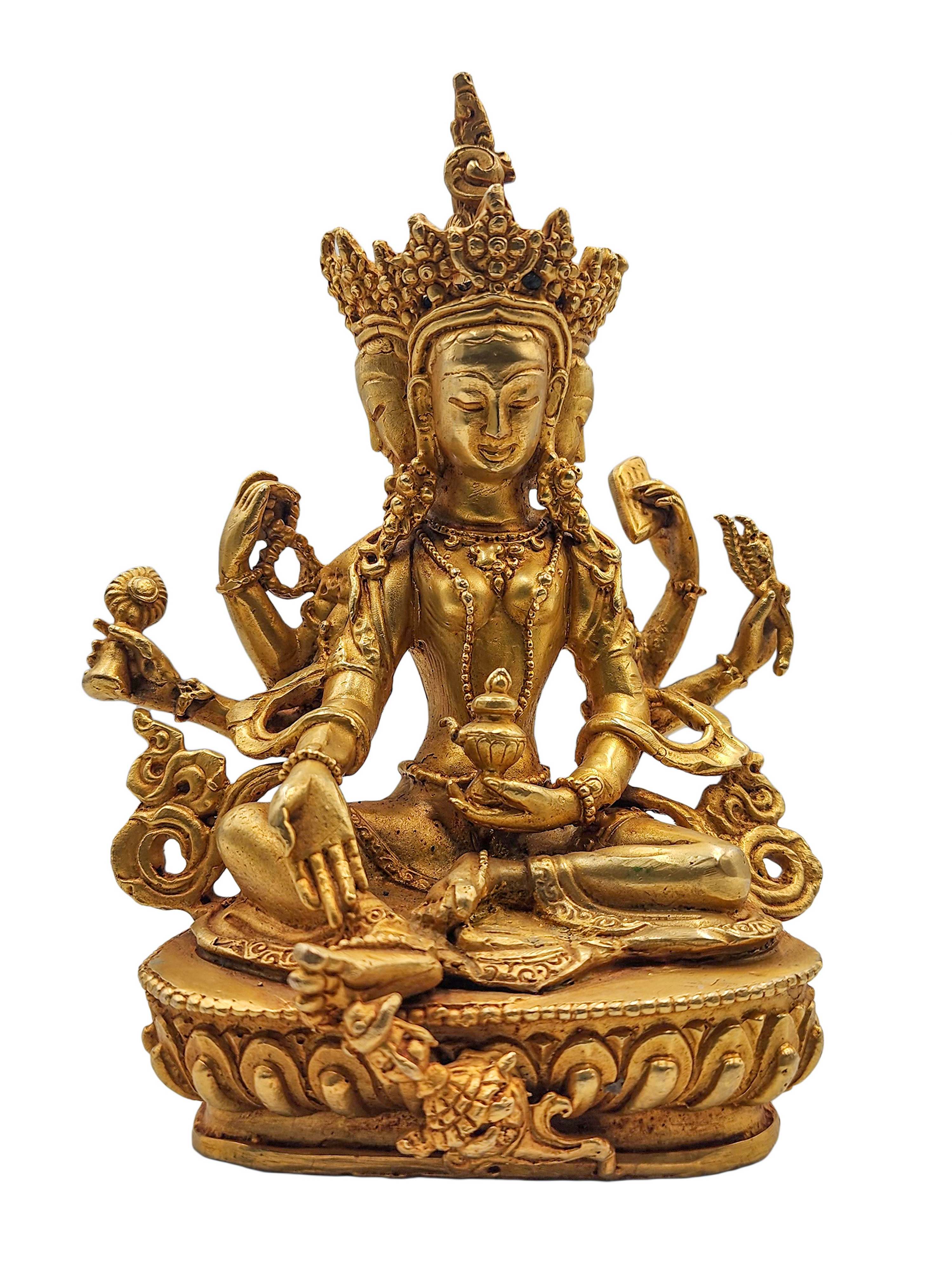

























































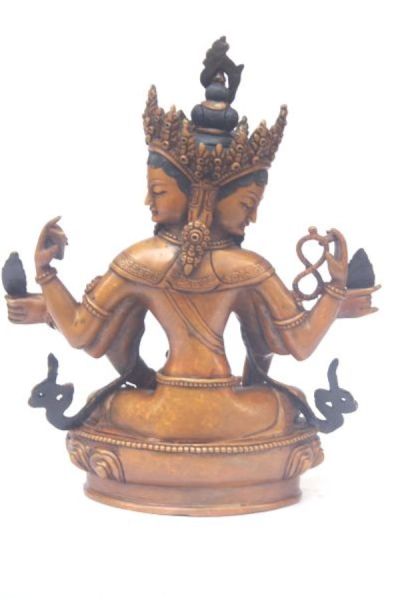
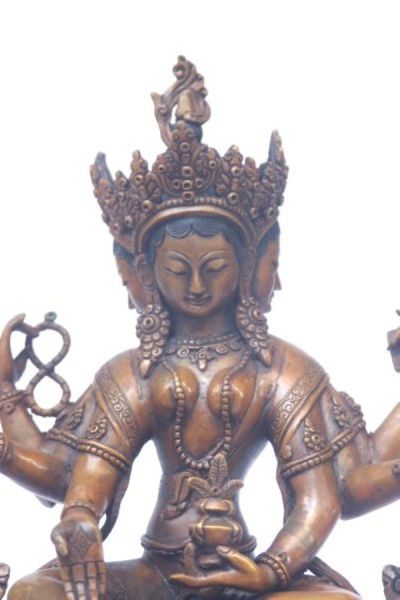
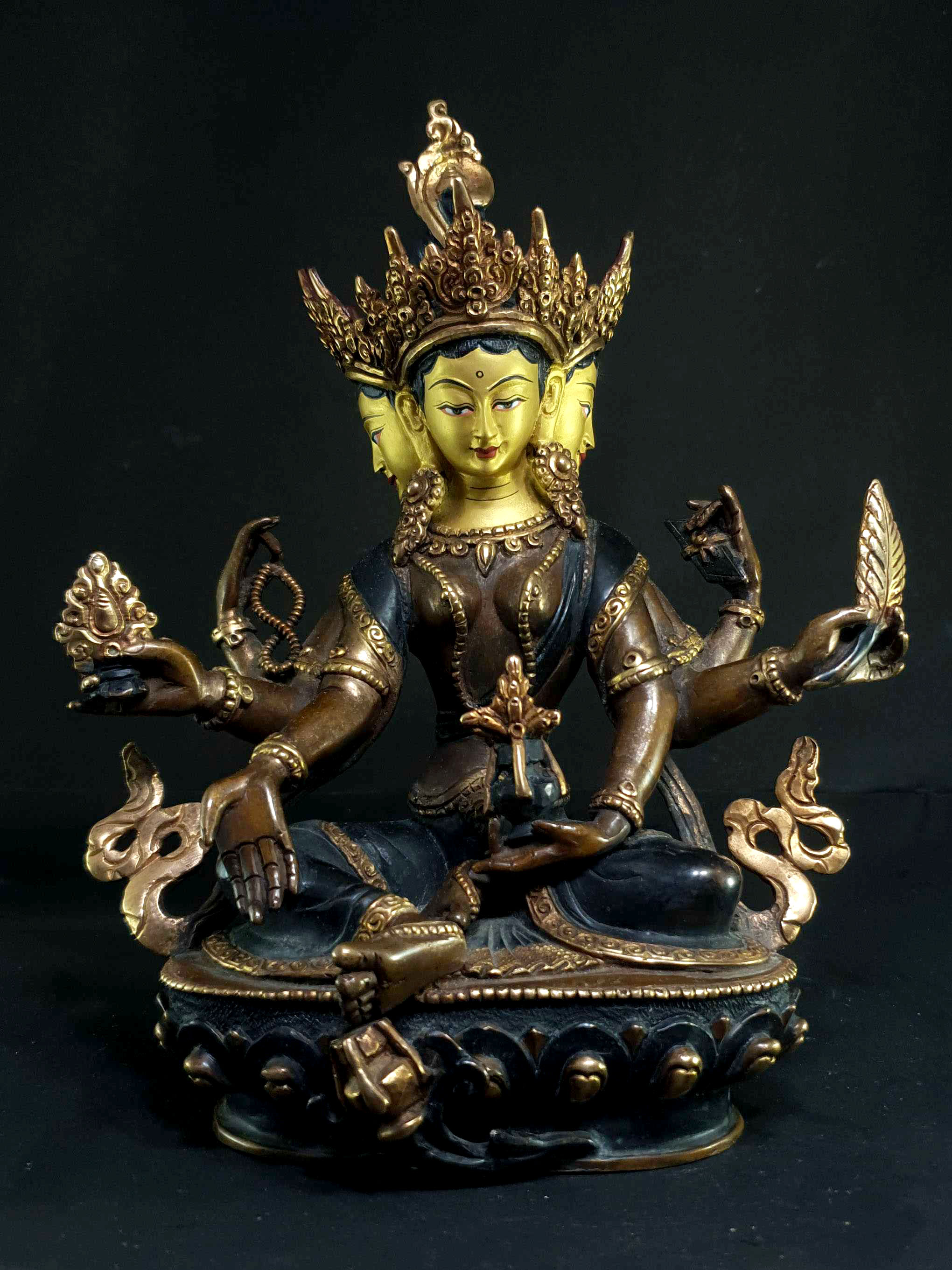 of Vasudhara
of Vasudhara 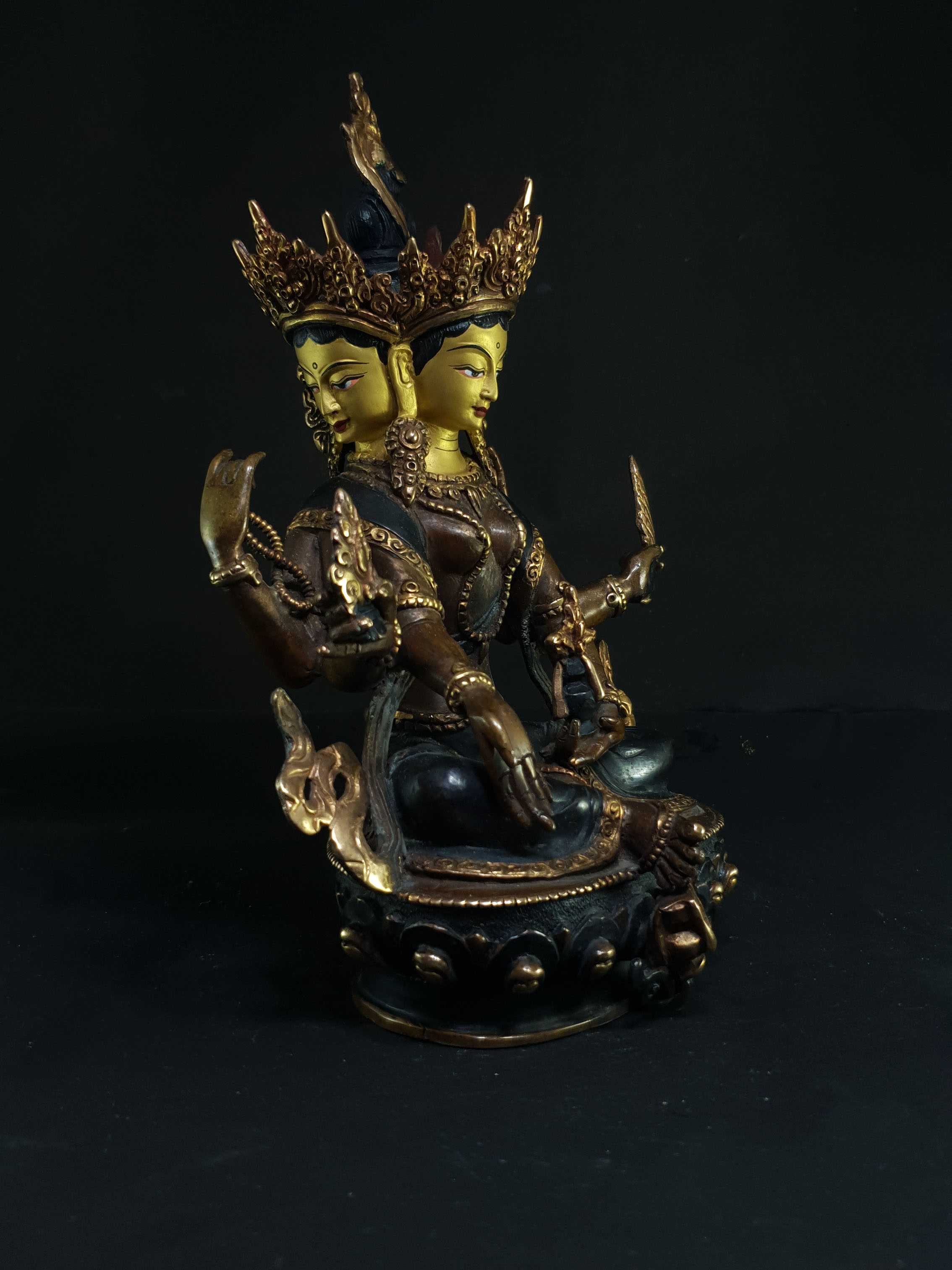 of Vasudhara
of Vasudhara 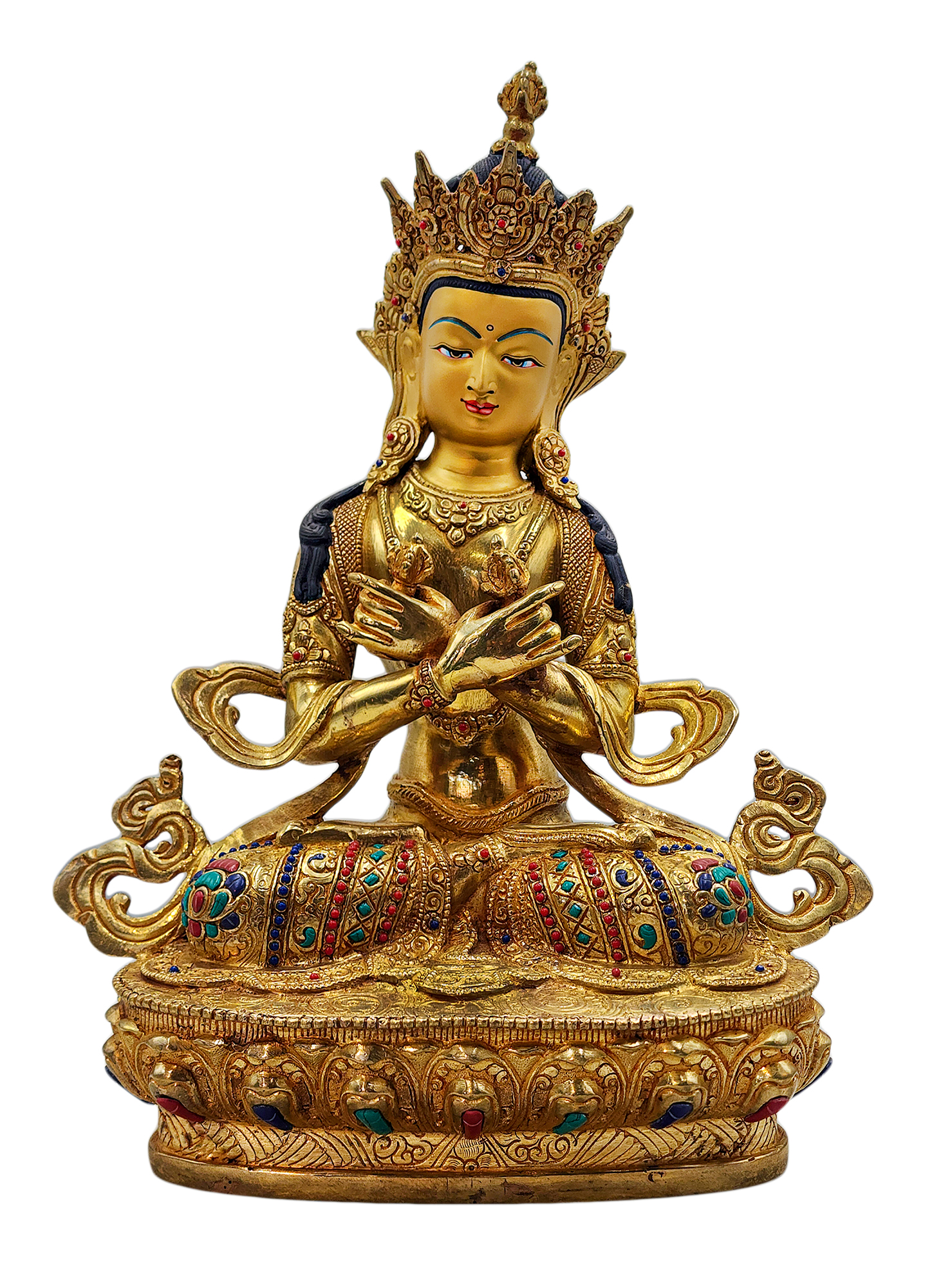 Vajradhara, Buddhist Handmade Statue,
Vajradhara, Buddhist Handmade Statue, 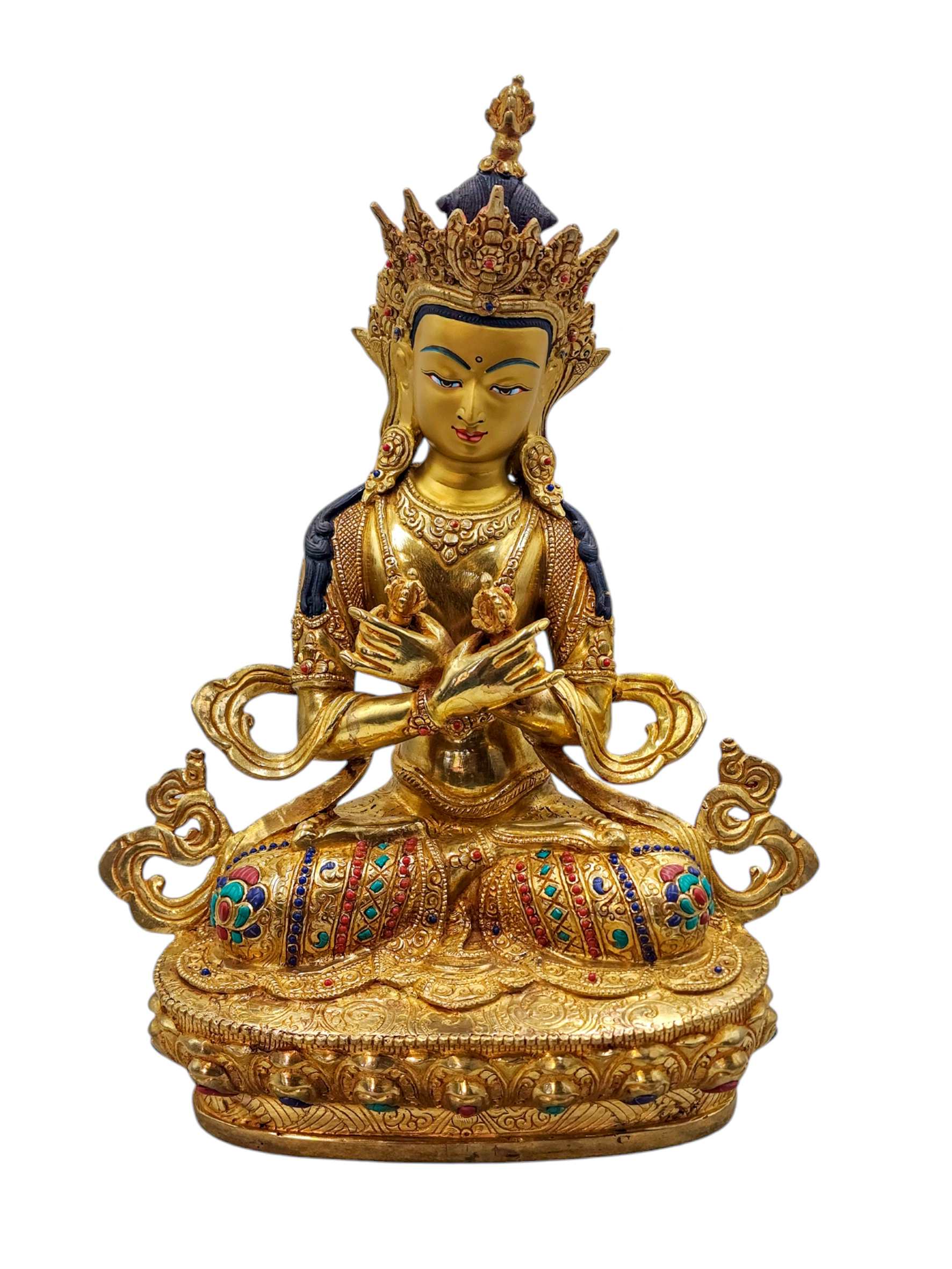 Vajradhara, Buddhist Handmade Statue,
Vajradhara, Buddhist Handmade Statue, 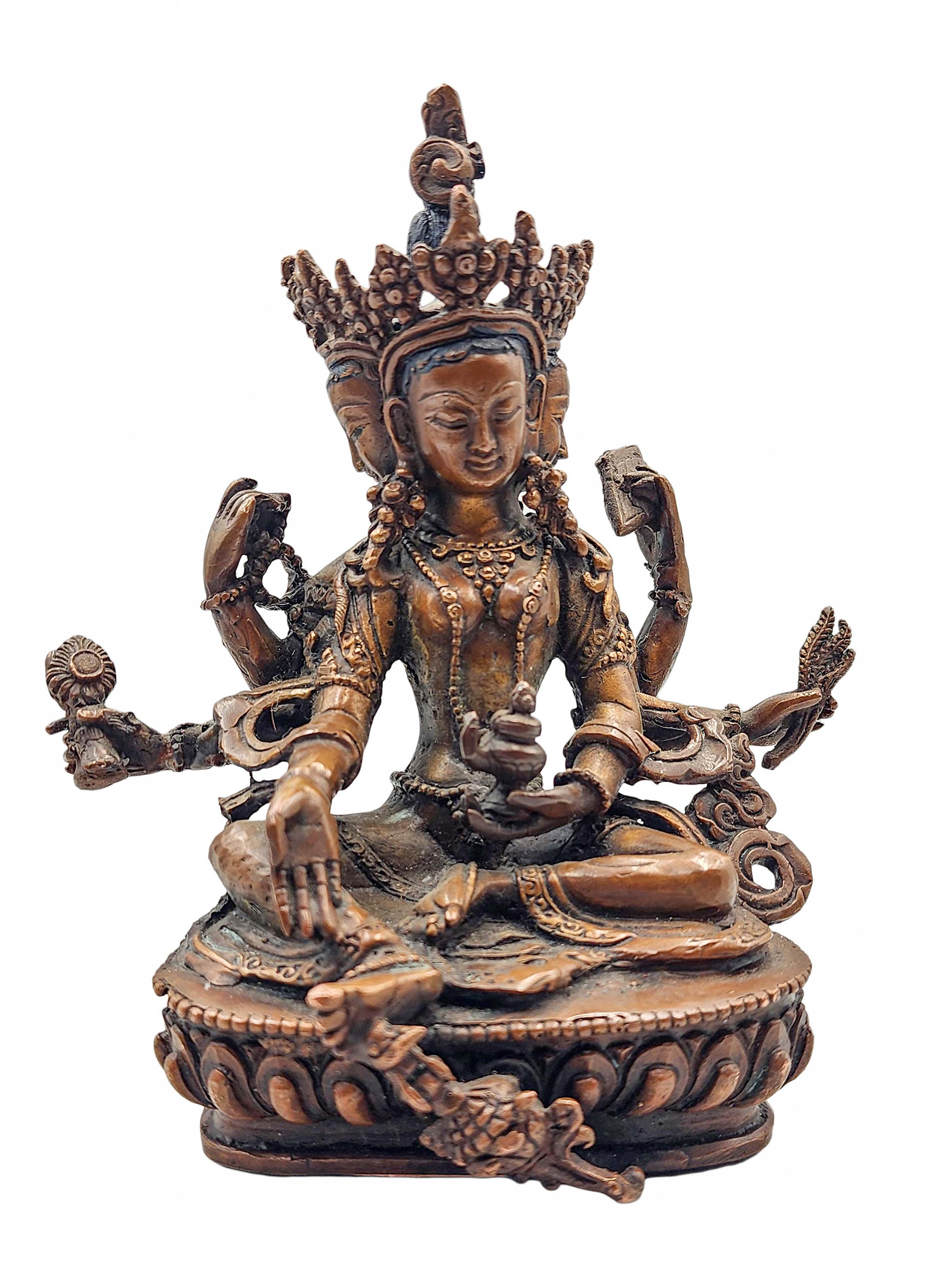 Vasudhara, Buddhist Statue,
Vasudhara, Buddhist Statue, 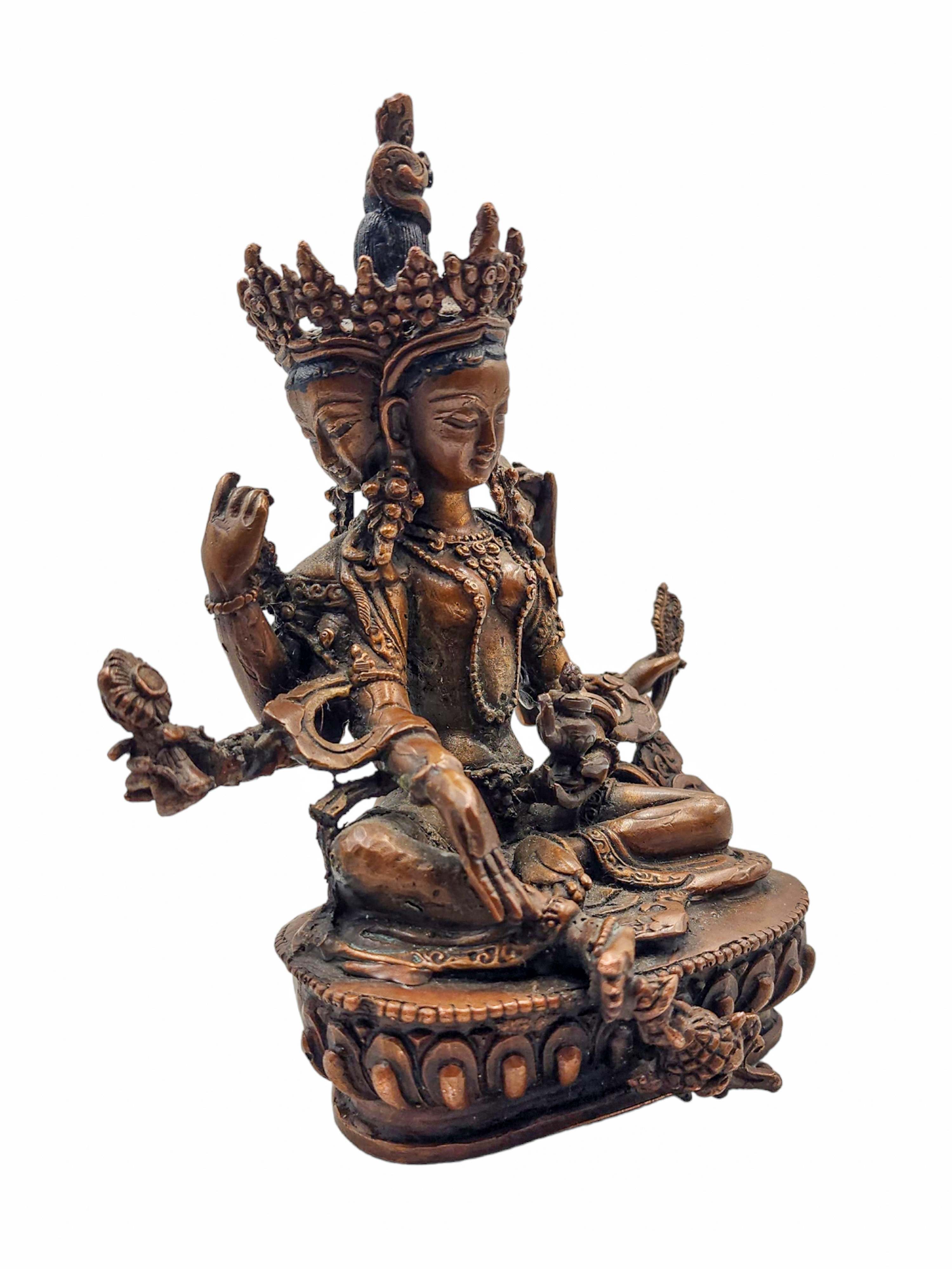 Vasudhara, Buddhist Statue,
Vasudhara, Buddhist Statue, 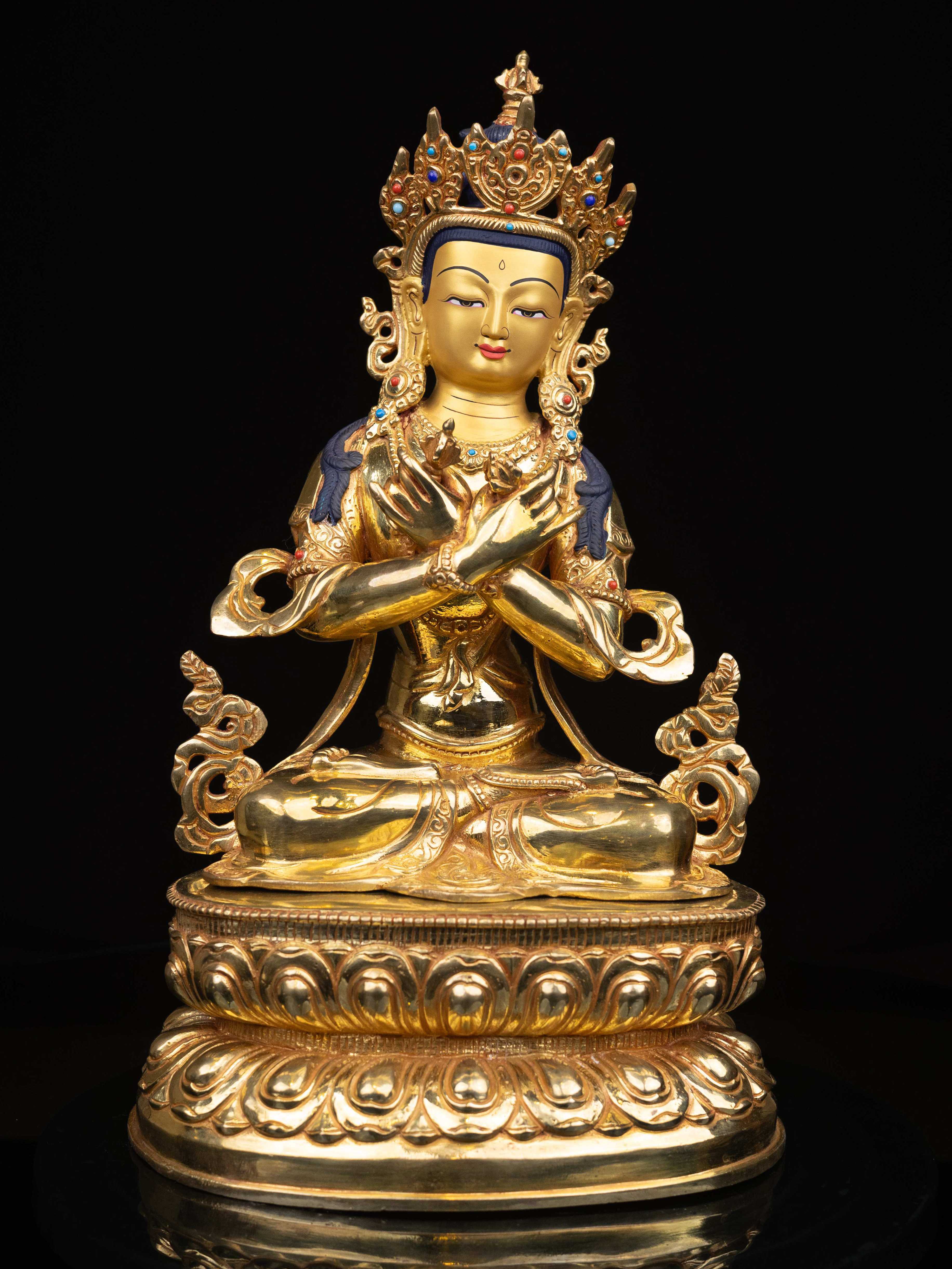 Vajradhara, Buddhist Handmade Statue,
Vajradhara, Buddhist Handmade Statue, 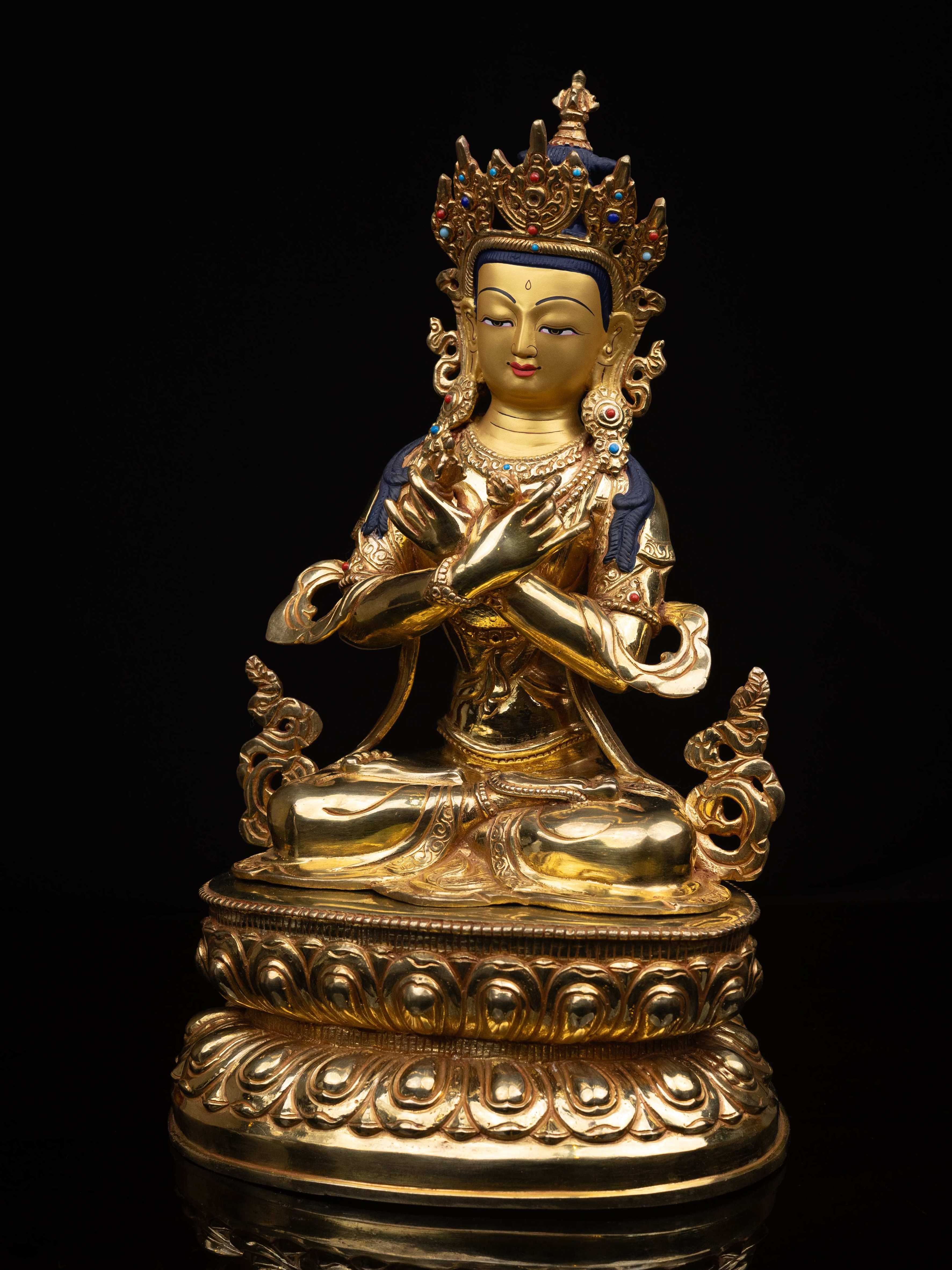 Vajradhara, Buddhist Handmade Statue,
Vajradhara, Buddhist Handmade Statue, 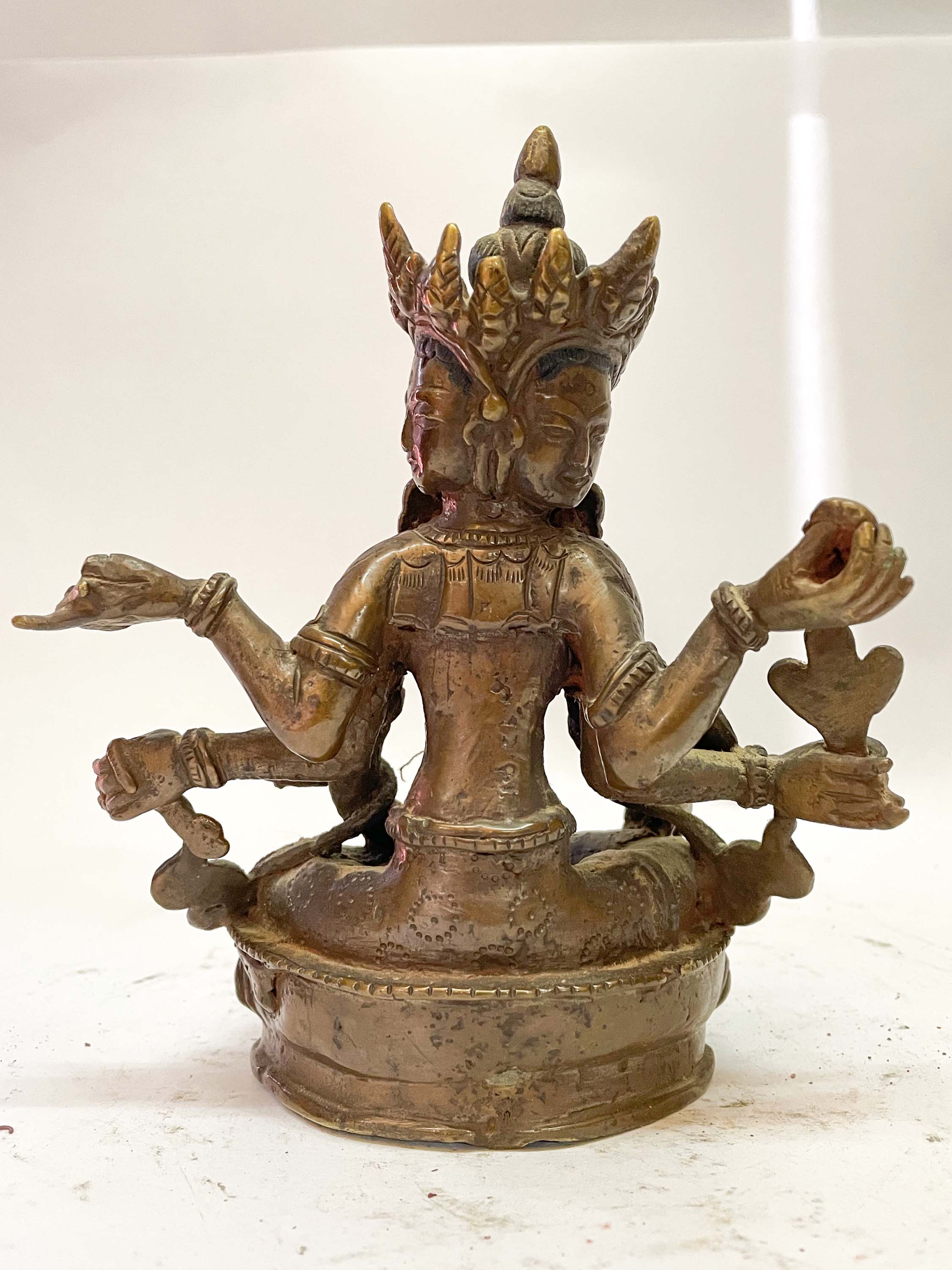 of Vasudhara,
of Vasudhara, 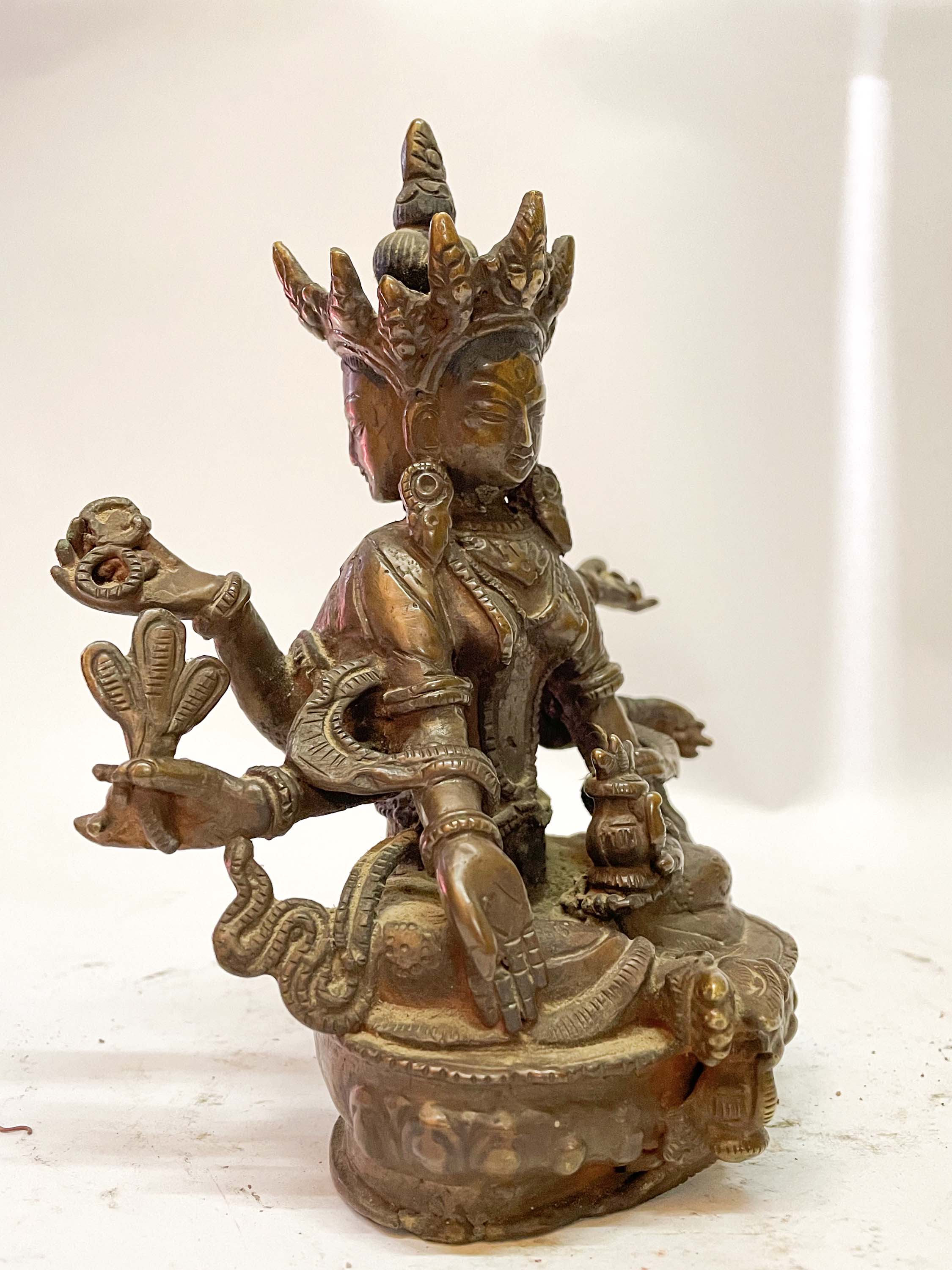 of Vasudhara,
of Vasudhara,  of
of 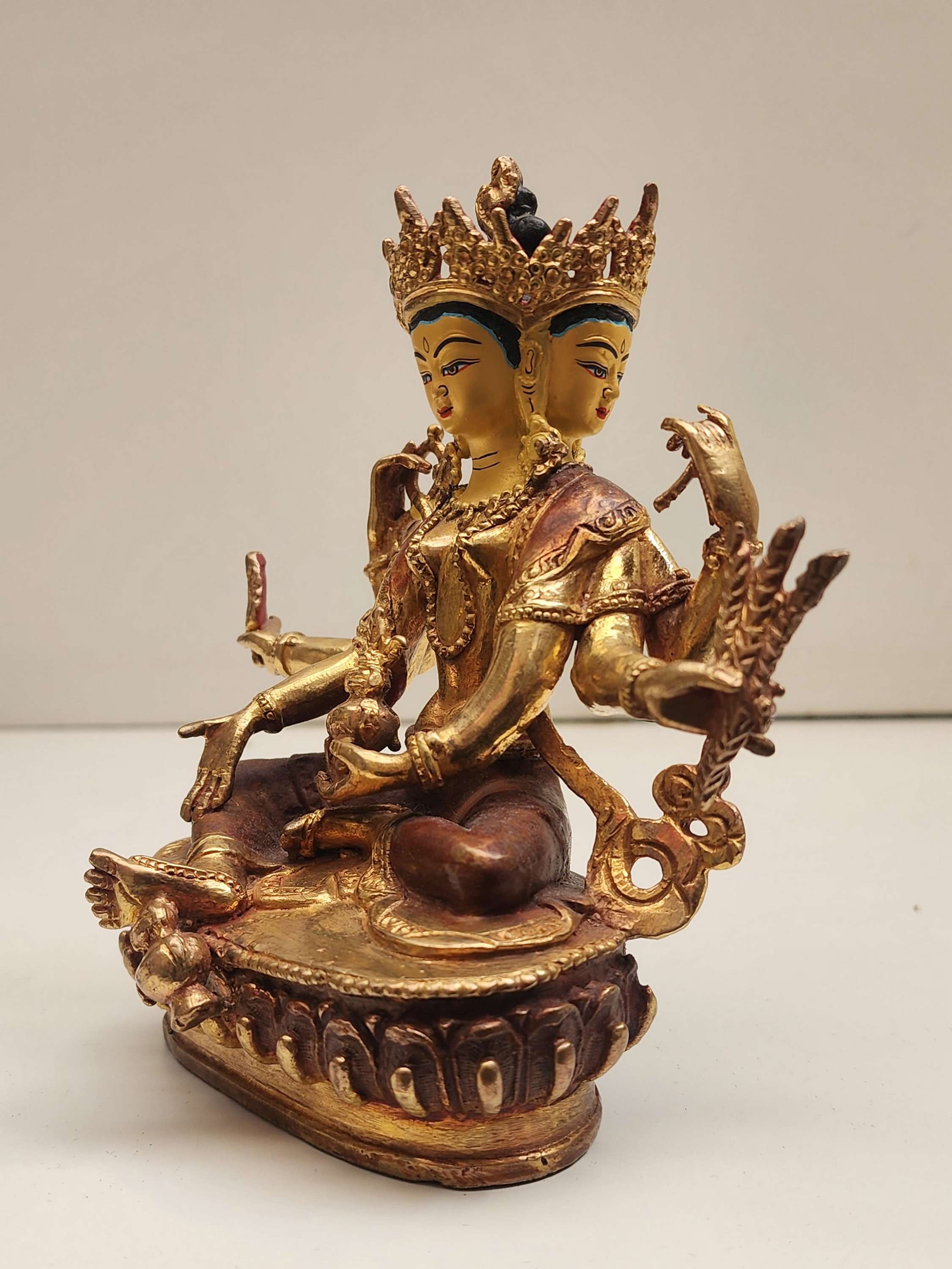 of
of 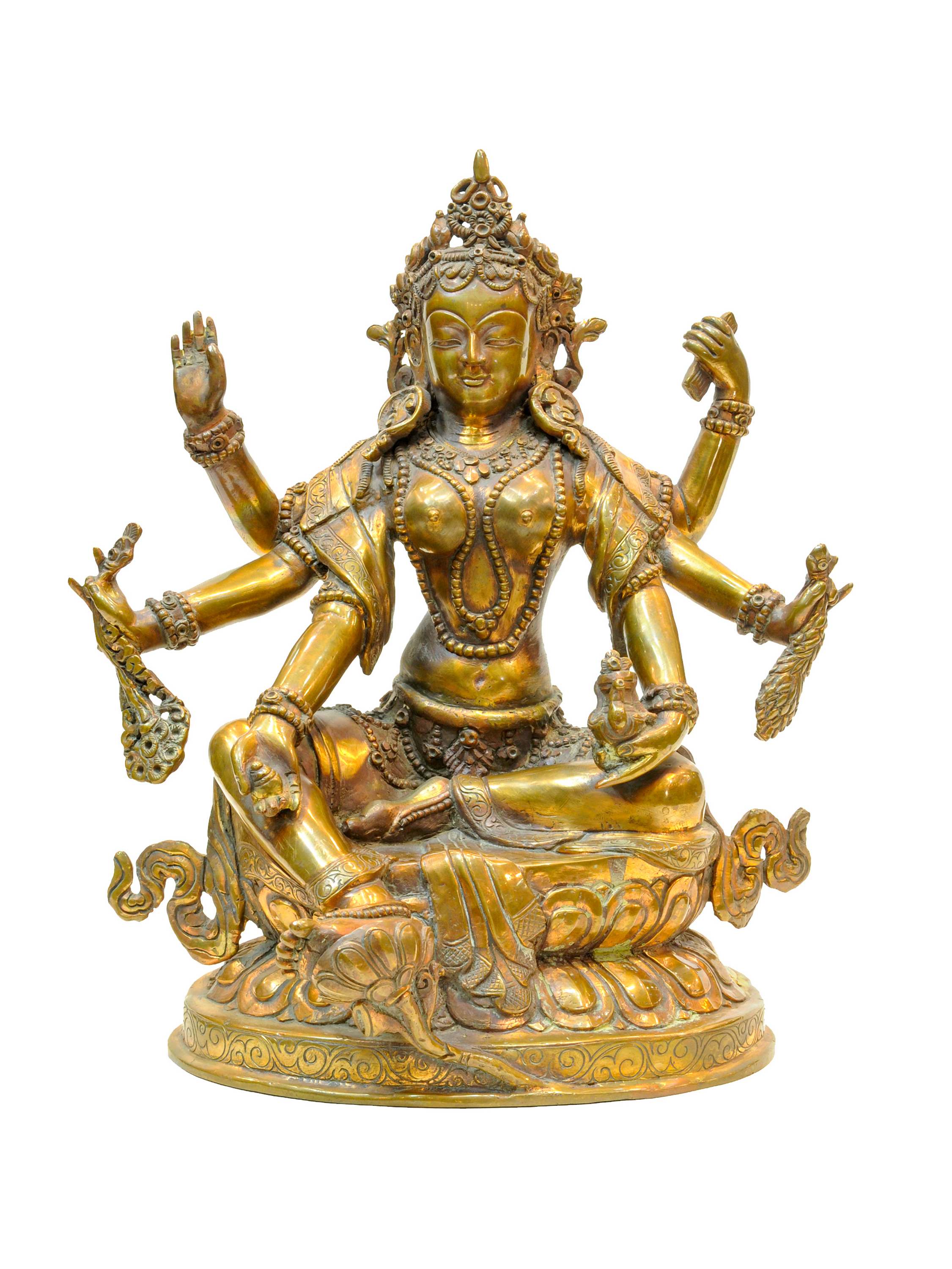 of 6 Hand Vasudhara" title="Buddhist Handmade Statue
of 6 Hand Vasudhara" title="Buddhist Handmade Statue 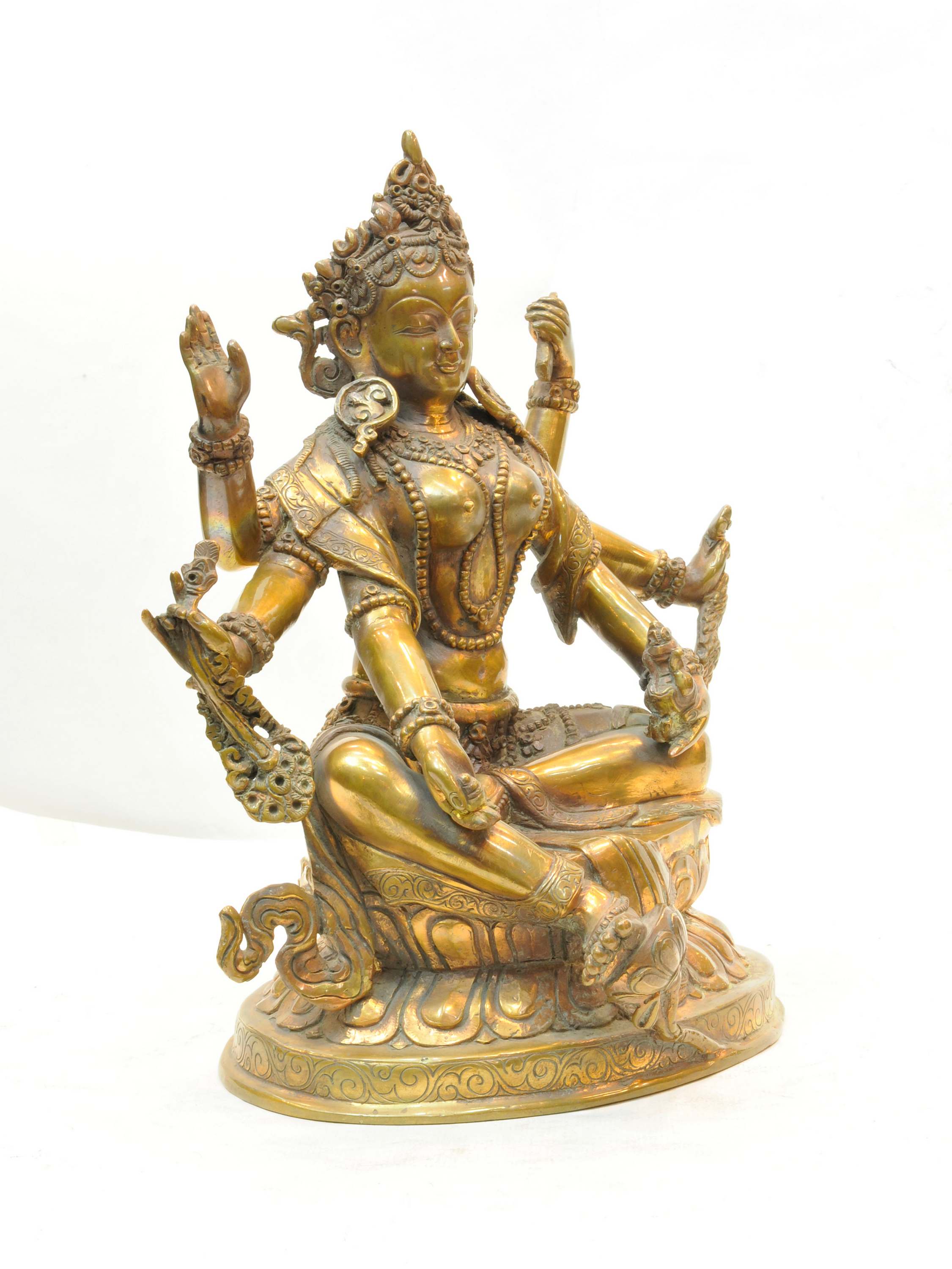 of 6 Hand Vasudhara" title="Buddhist Handmade Statue
of 6 Hand Vasudhara" title="Buddhist Handmade Statue 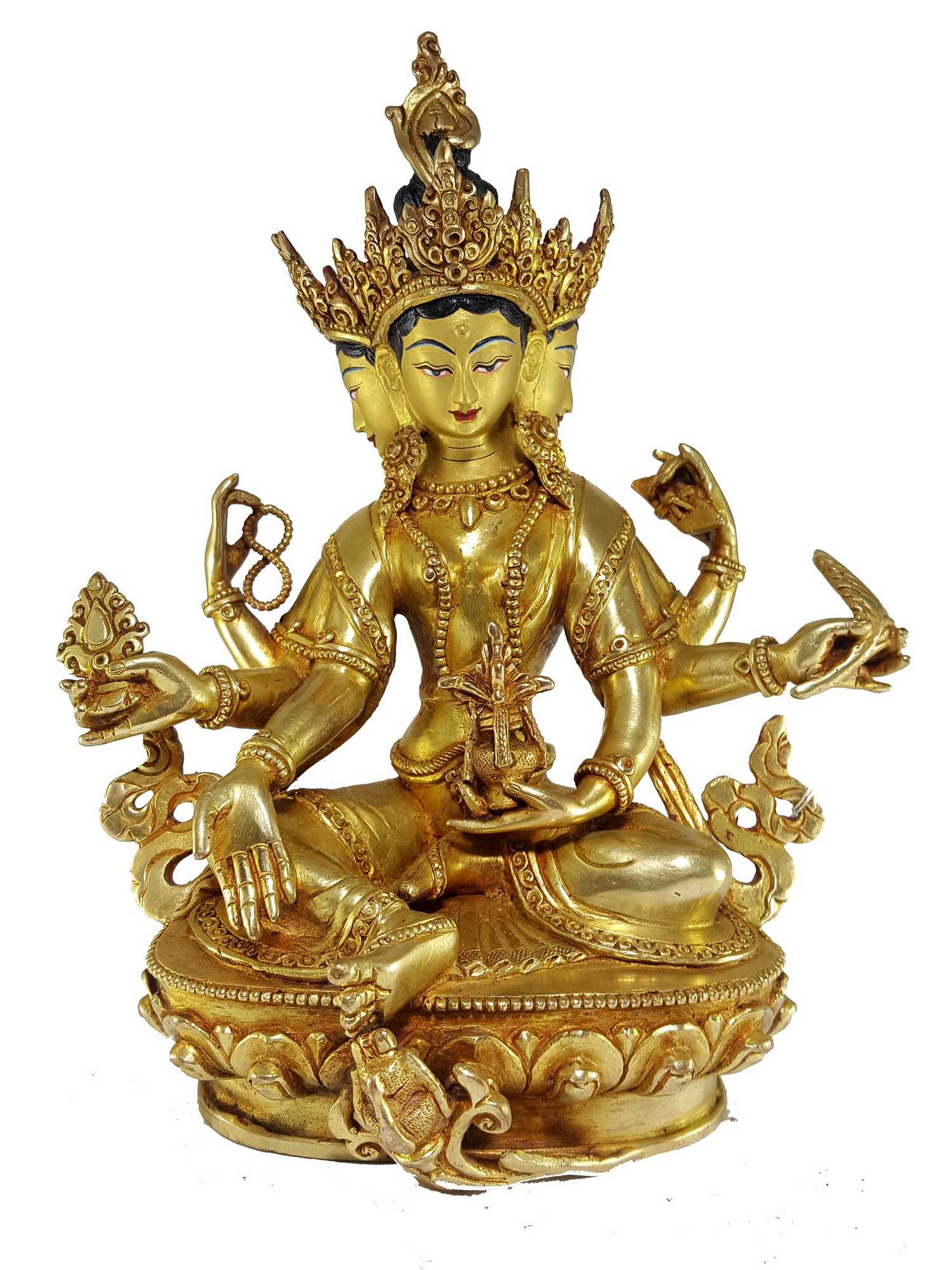 of Vasudhara,
of Vasudhara, 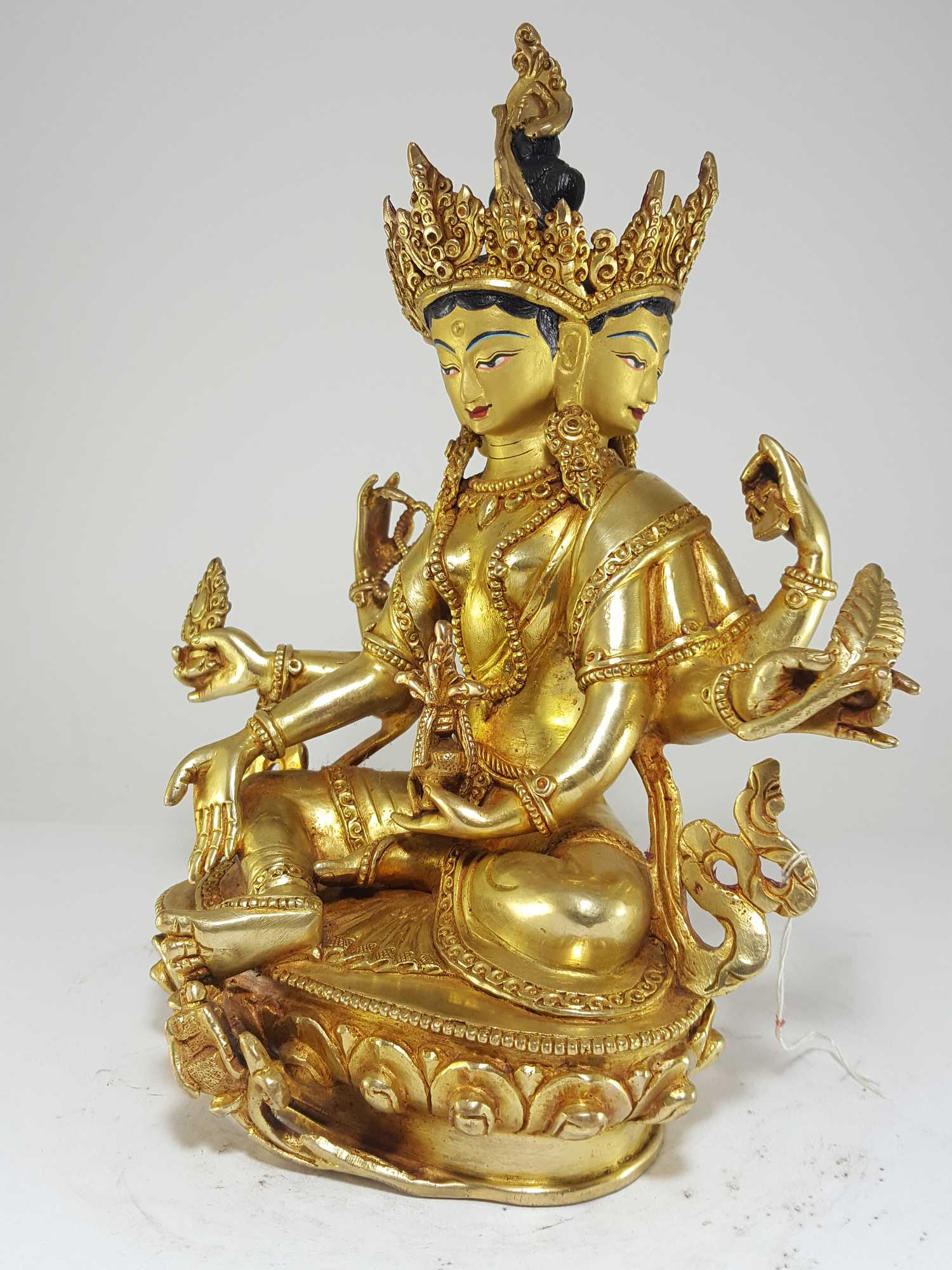 of Vasudhara,
of Vasudhara, 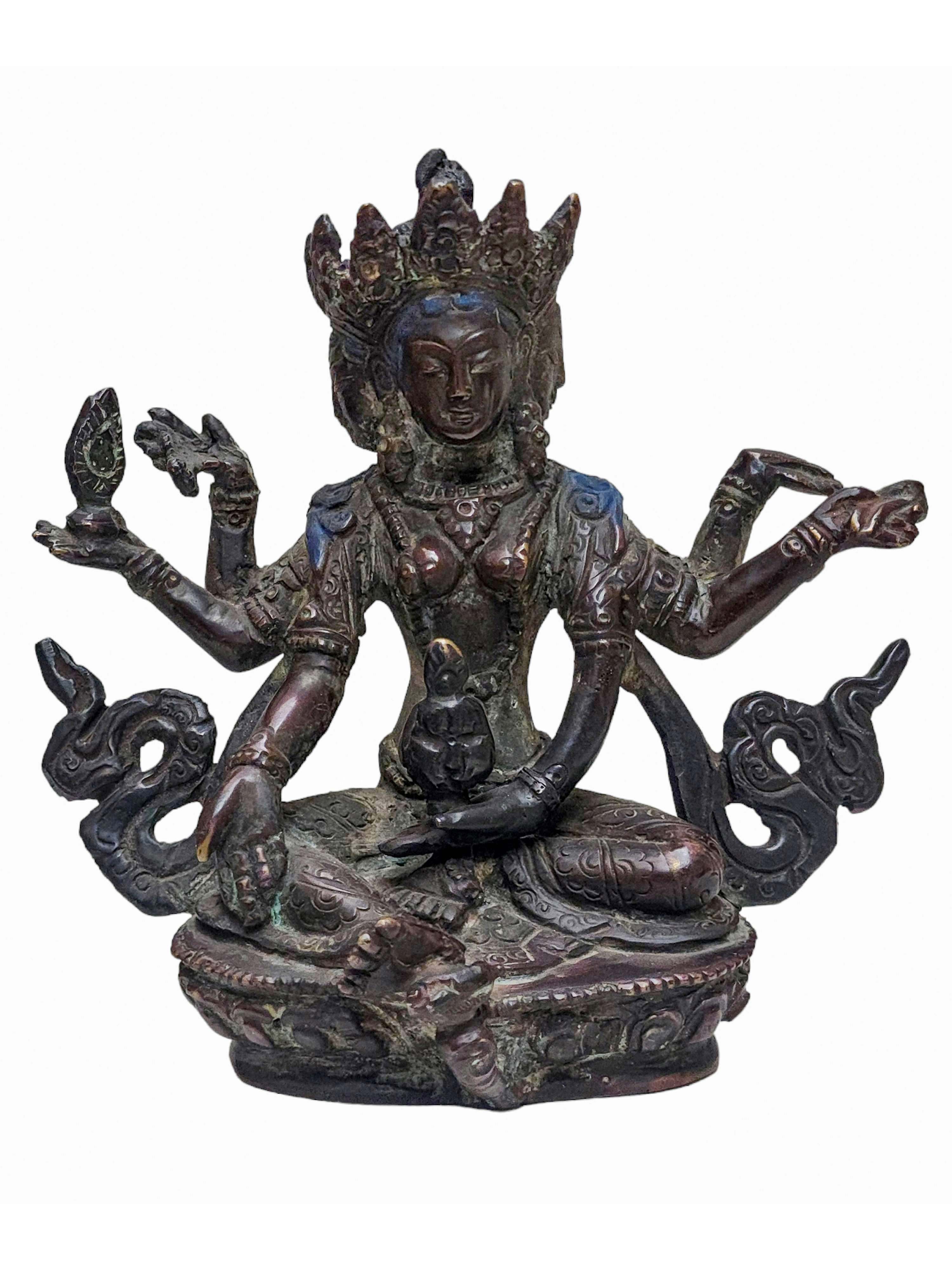 Vasudhara, Buddhist Handmade Statue,
Vasudhara, Buddhist Handmade Statue, 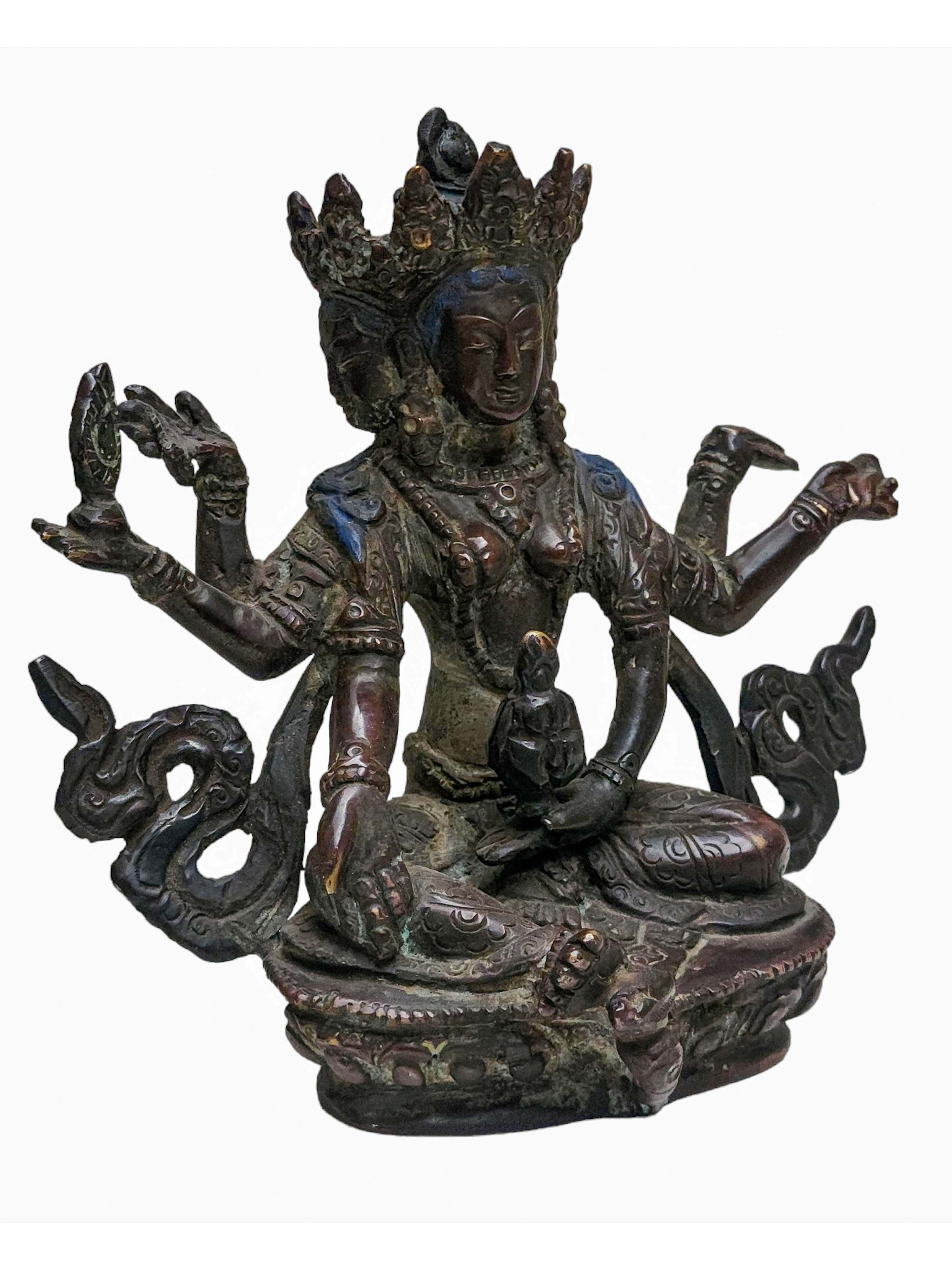 Vasudhara, Buddhist Handmade Statue,
Vasudhara, Buddhist Handmade Statue,